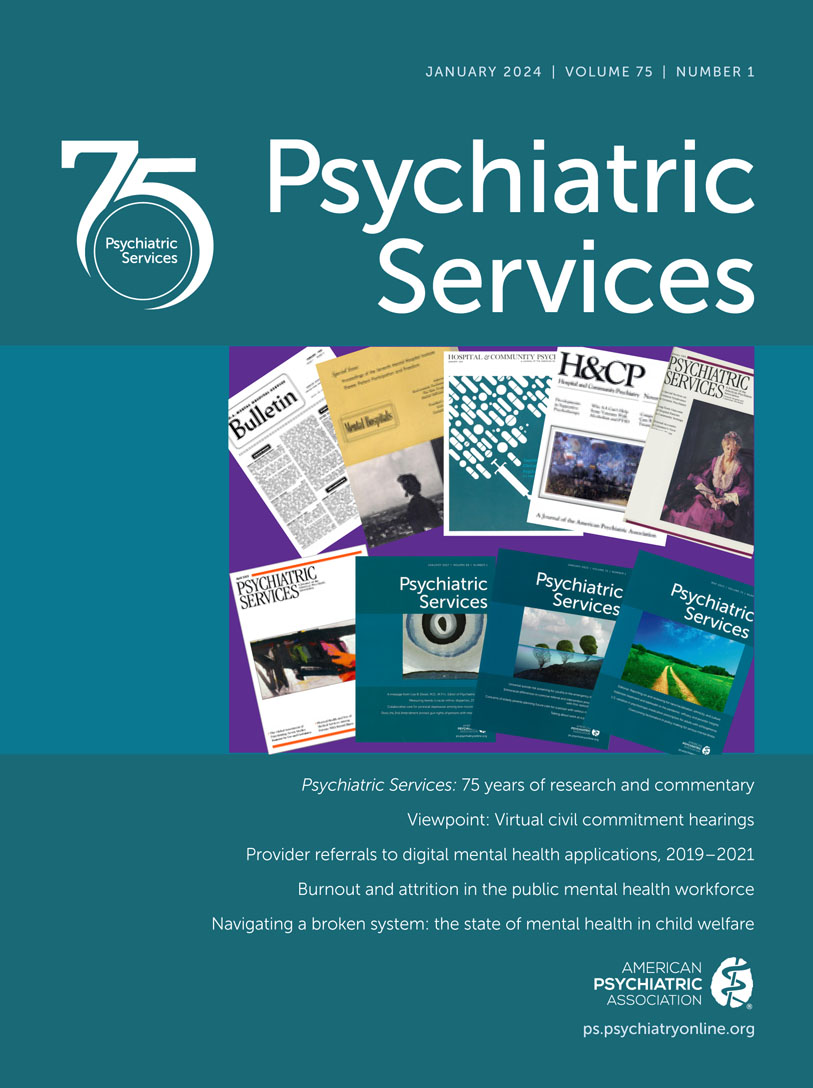Toward the Cessation of Seclusion and Mechanical Restraint Use in Psychiatric Hospitals: A Call for Regulatory Action
Abstract
The use of seclusion and mechanical restraints (S-R) in psychiatric hospitals remains widespread despite the traumatizing effects and risk for lethality associated with these practices. Neither the Centers for Medicare and Medicaid Services (CMS) nor The Joint Commission (TJC) have updated their guidelines on the use of S-R since 2005. Their regulations do not include current best practices, such as the evidence-based six core strategies (6CS) or other trauma-informed approaches, despite robust data on their effectiveness in preventing violence and S-R use. The authors describe Pennsylvania State hospitals’ nearly 10-year cessation of S-R use via their continuous adherence to 6CS. In contrast, the authors describe the significant decrease in S-R use during the implementation of 6CS at a public psychiatric hospital while under U.S. Department of Justice (DOJ) monitoring and the resumption of high S-R use after DOJ monitoring and adherence to 6CS ended. The authors emphasize the importance of external regulatory oversight and mandates to safely achieve and sustain the cessation of S-R use in psychiatric hospitals. Urging CMS and TJC to update their regulations, the authors offer a roadmap to more effectively mandate the reduction and eventual cessation of S-R use in psychiatric hospitals.
Access content
To read the fulltext, please use one of the options below to sign in or purchase access.- Personal login
- Institutional Login
- Sign in via OpenAthens
- Register for access
-
Please login/register if you wish to pair your device and check access availability.
Not a subscriber?
PsychiatryOnline subscription options offer access to the DSM-5 library, books, journals, CME, and patient resources. This all-in-one virtual library provides psychiatrists and mental health professionals with key resources for diagnosis, treatment, research, and professional development.
Need more help? PsychiatryOnline Customer Service may be reached by emailing [email protected] or by calling 800-368-5777 (in the U.S.) or 703-907-7322 (outside the U.S.).



